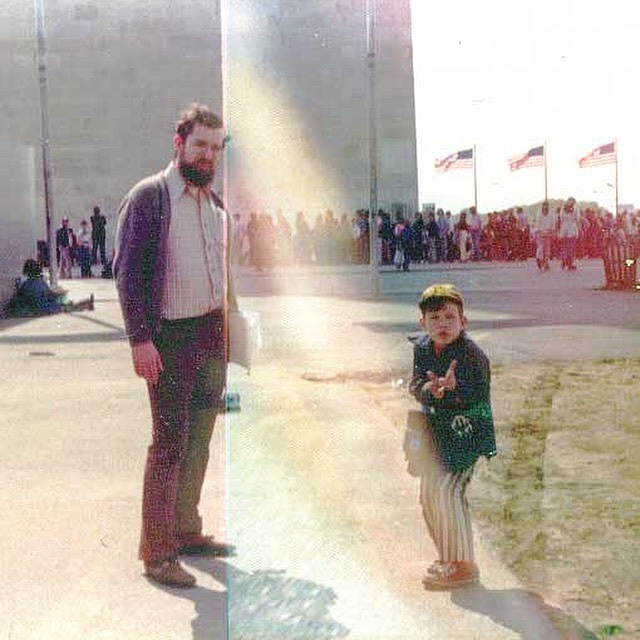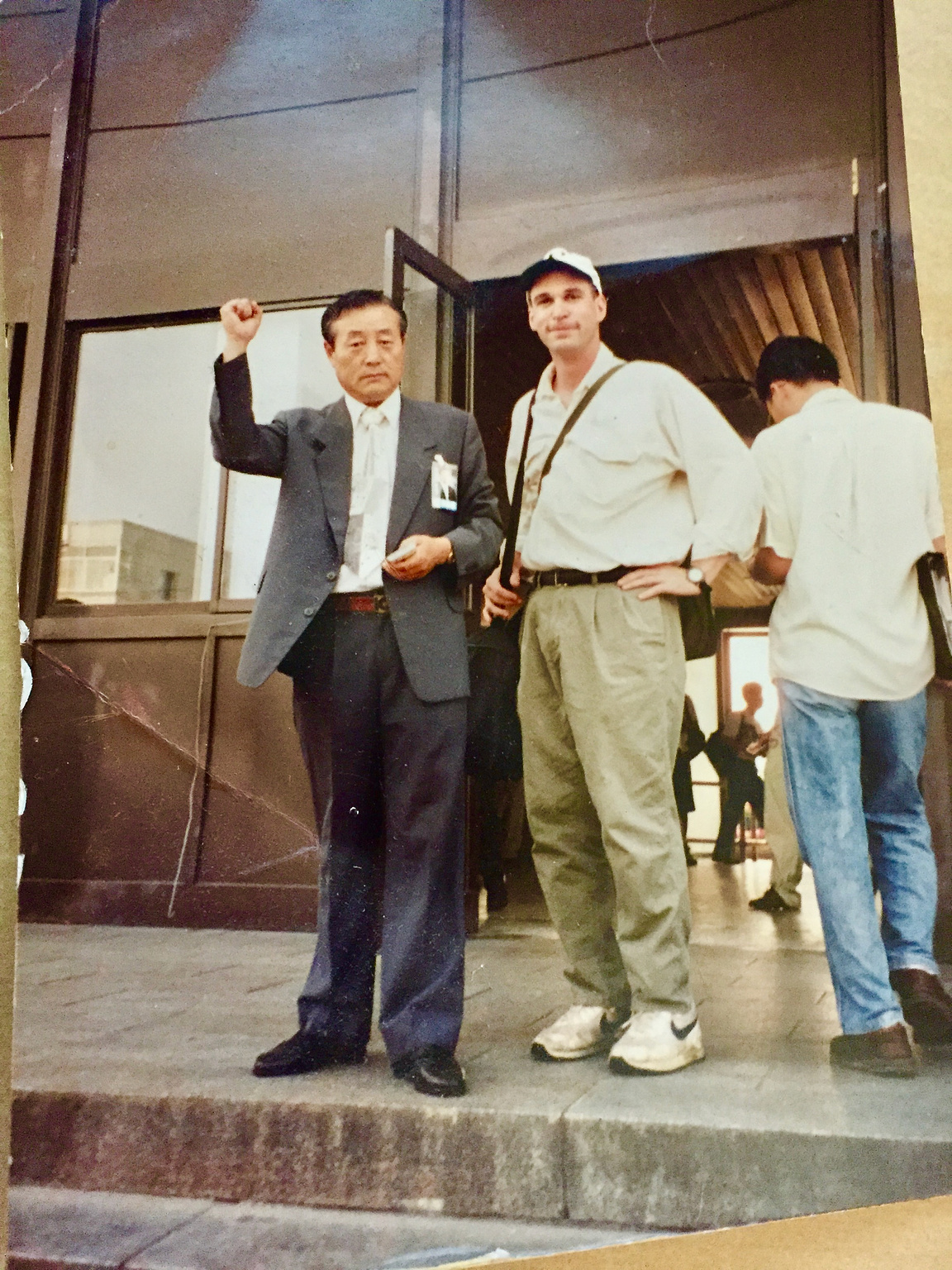The film aesthetic ouroboros
Photography
So, I got Al that X-700 for our anniversary. We didn't have to go to the camera store right away because I had a roll of Kodak Gold 200 sitting around, so we loaded that up before our first outing. We ended that trip at a local photo developer so she could drop off that first roll.
The guy behind the counter asked us if we wanted to buy more film and we said sure, so out came a photo album with samples of all the film stock they have in inventory. He started flipping through, explaining each stock's interesting characteristics.
Now, look, I am not a film guy.
I learned a very rough and workmanlike style of film photography at a newspaper in the '90s: You'd drop by the office and make a few 10-exposure rolls in the darkroom, head out for the day, get whatever you needed to get and burn a few exposures on candids because why not, drop back into the office while layout was happening, run everything through the developer, make some prints using what could best be described as "recipes" handed down from one reporter to another over the years, run those out to the layout people, and be done with it.

There wasn't really an "aesthetic," exactly. We were under the same kind of time pressure a person flipping burgers at Burger King is under. There were some filters by the enlarger that never got put away because we were all shooting the same stock with the same '80s-era hand-me-down prosumer cameras with the same received wisdom technique in the same rough conditions, so we knew what to do to get things that would look okay when we shipped them off to the printer.
The one time I allowed aesthetics to dictate some photos I took, I was required to go apologize to the mayor of a 1,500-person town and take a picture of him posing in front of a "new" (five-year-old) post office, shaking hands with some other eminence. Even that didn't stop the angry letters to the editor for the next three weeks.

Anyhow, all of that is both to indulge a small walk down memory lane and also to point out that my formative film shooting years were informed by a kind of gimlet-eyed practicality usually reserved for poultry processing plants.
That's not to say that film photography, or rather, film prints don't have the same kind of emotional sway over me that they have over lots of people of my generation. Of course they do. But I also carry with me an underlying sense of film photography as something that was, by the time digital swamped it, a very popular and prosaic medium. That's not to say that it is something I'd dismiss, because, I dunno, DON DRAPER, but the vast majority of film photography happening by the time we hit Peak Film Camera in the '90s was doing a pretty good job of making superficially accurate recreations of things you had just pointed the camera at. Nobody looked at that stuff and got a vibe from it, any more than you get a vibe today from, like, a store brand container of table salt.

Anyhow, there we were at the film developer's, looking through the photo album of film stock samples, when we got to the section with the Fujifilm, Ilford, and Kodak stocks.
Our curator snorted with disgust.
"This is all the vanilla stuff. Nobody cares. Boring."
So we blew past all those and on to a collection of stuff I have come to understand is repurposed and resold cinema stock. The clerk got excited about that:
"Look at that halation! That's what that's called ... halation!"
"This is a tungsten stock, so you get that cool blue color cast to it ..."
The next few minutes involved a tour of very "moody" and "edgy" effects we could get.
Al got a few rolls of something that is also sold as Cinestock, I declined (I already had some UltraMax at home) and we took off.
Because I had a surfeit of time on my hands this week, and couldn't do much more than consume content in codeine-bracketed snatches of time, I spent a lot of time looking through posts on /r/analog and reading about film. That caused me to circle back to that conversation with the clerk, because what I finally got about the prints in their little photo catalog was that they looked less like anything I remember from the film era, and looked much more like digital recreations of "the film aesthetic" from the digital era.
Which, fine. I'm not really writing to judge, I'm writing to observe. Whatever makes people feel happy and creative works for me.